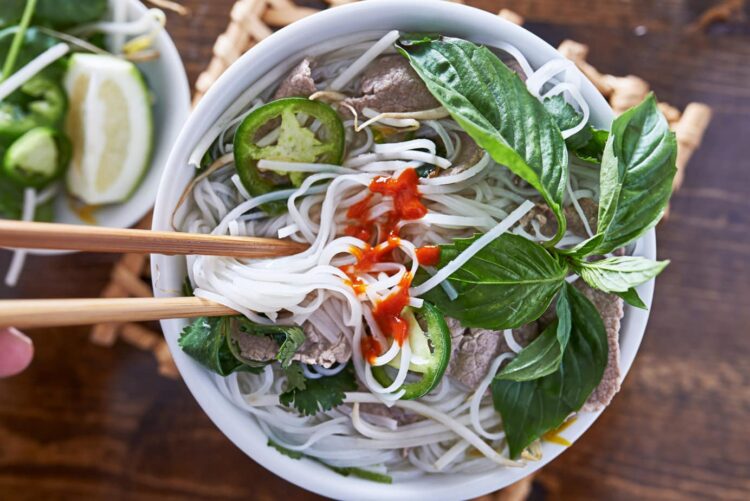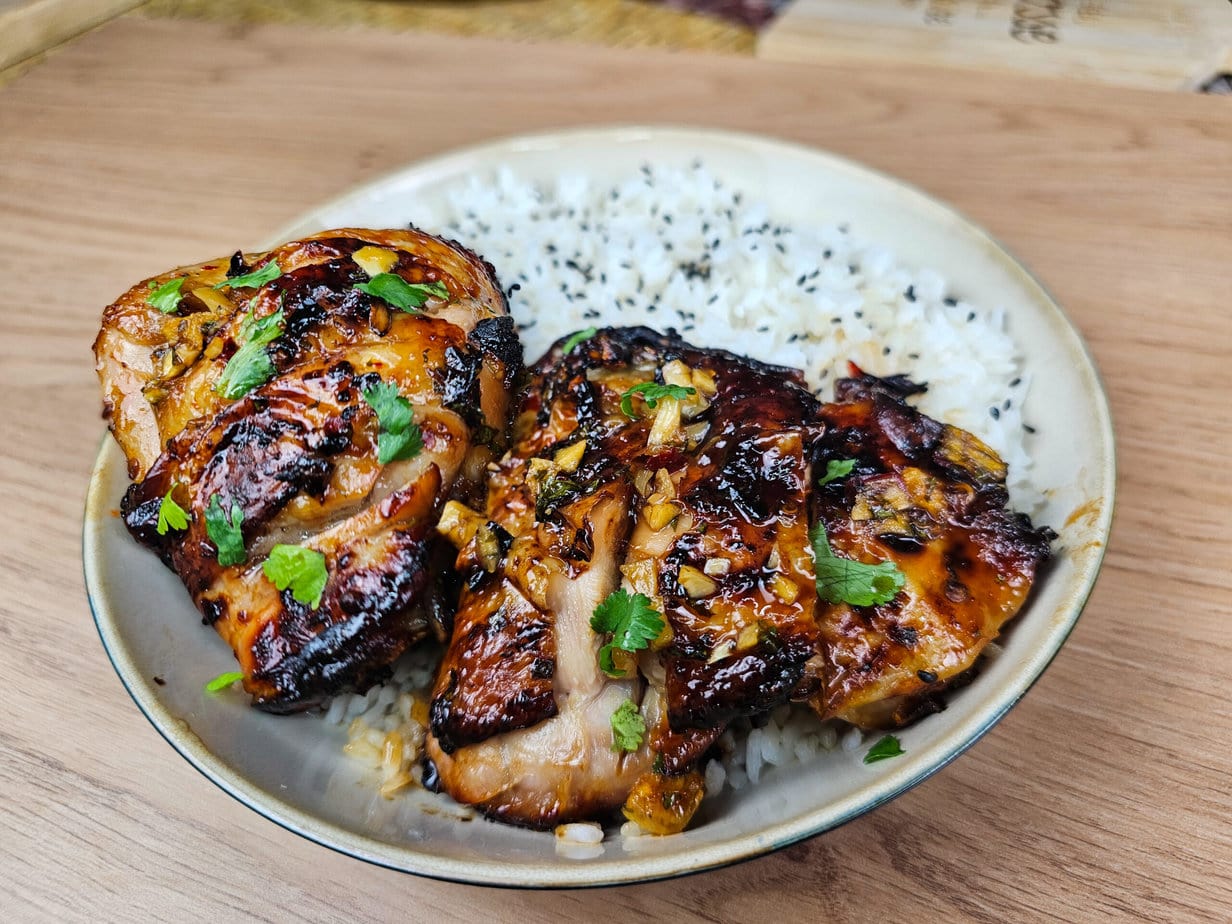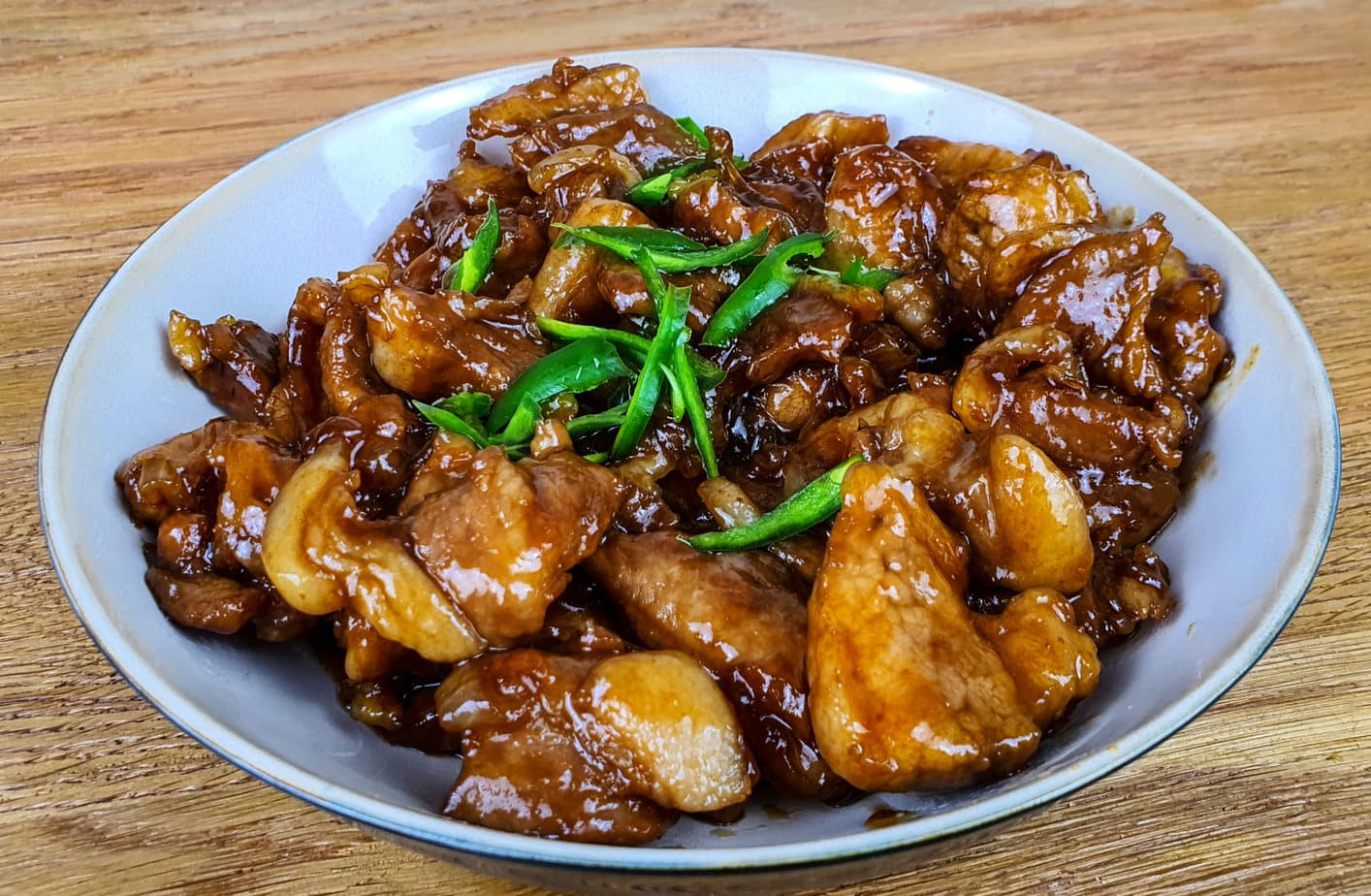Ah, Vietnamese cuisine! A delicacy that caresses the senses, isn’t it? Let me whisper to you the secret of its seduction: a harmonious blend of ingredients holding hands in a graceful dance.
Visualize, if you will, a gallery of exquisite fragrances. Among them, the aromas of Pho, with refined notes of mint, coriander, culantro, lemongrass, beef bones that have gently rocked in the broth, and – yes, you guessed it – the key ingredient, fish sauce.
Oh, I promise to restrain myself, but how can one ignore fish sauce? It is, in a way, the culinary backbone of Vietnam.
Across the country’s diverse terrains, each region weaves a subtle balance between aromatics, spices, sweetness, acidity, and of course, fish sauce. It even makes a surprise appearance in beef luc lac, escorted by tomatoes.
So, forgive me if fish sauce takes center stage, but it is truly the mistress of ceremonies in the rich tapestry of Vietnamese cuisine.
My Latest Vietnamese Recipes
A Bit of Vietnamese Geography
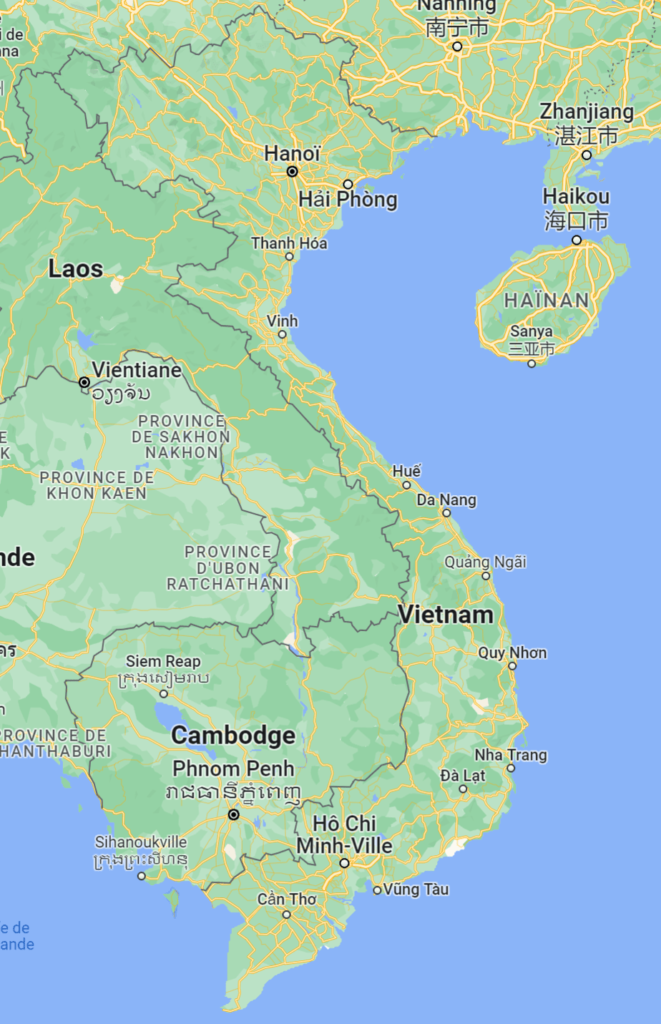
To enter the dance of Vietnamese flavors, it’s wise to start with a little tour on the map.
Imagine an elegant snake drawing a majestic “S” – this is Vietnam, about as dashing in width as our dear Italy.
To the north, it winks at China, while to the west, it bows to Laos and Cambodia. To the east, it extends its arms to the South China Sea.
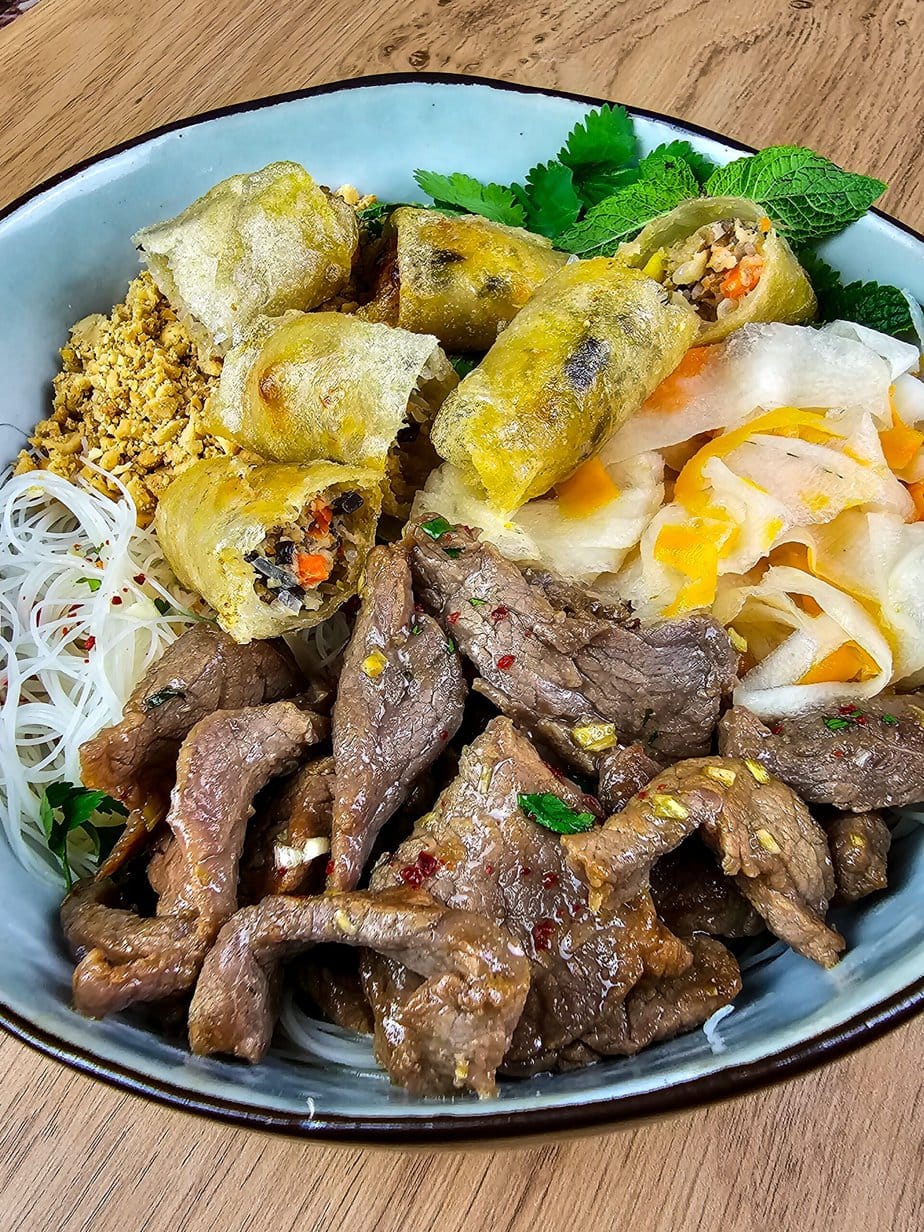
With a coastline that languidly stretches over 3,000 kilometers, it embraces Hanoi in the north, the towering mountains of the center, the gargantuan Ho Chi Minh City (Saigon to its intimates) in the south, and the Mekong Delta, this fabulous rice basket
, at the very end.
And here’s the magic trick: the cuisine of the north gives a cheeky wink to its neighbor, China. With a plethora of stir-fries and noodle soups, it’s as if the wok and chopsticks were dancing an enchanting waltz under the stars of Hanoi. A notable example is the delicious Bun Cha
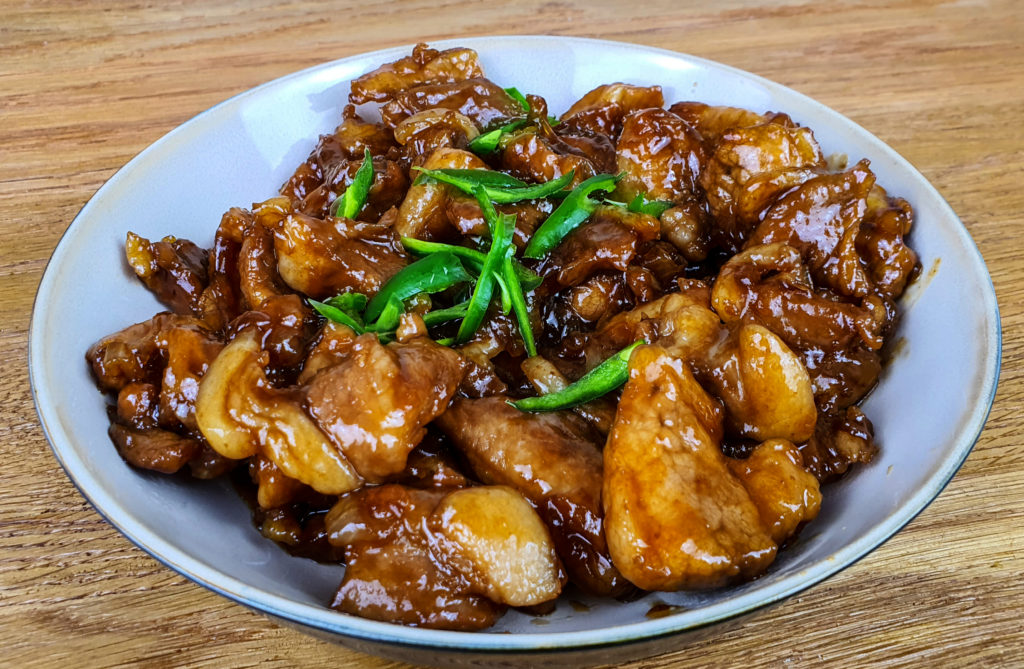
Now let’s take our flying carpet and glide towards the south, where the winds carry us to Thai and Cambodian flavors.
Here, the south unrolls its green carpet under a tropical sky. Rice fields as far as the eye can see, coconut trees raising their fronds to the wind, jackfruit trees with generous fruits, and gardens of aromatic herbs line up like the treasures of a distant kingdom.
This abundance gives life to a kaleidoscope of dishes, each more colorful than the last. For example, the bitter melon soup is as surprising as it is delicious
And then, there’s this sweet whisper that lulls the dishes of the south. Imagine broths caressing your palate with a sweet tenderness, like pho that decided to don a caramel costume. Palm sugar sneaks here and there into savory dishes, adding its touch of tenderness.
And what about coconut candies and banh cam or even banh bo, these little sweet treats that wink at us, like stars in a tropical sky.

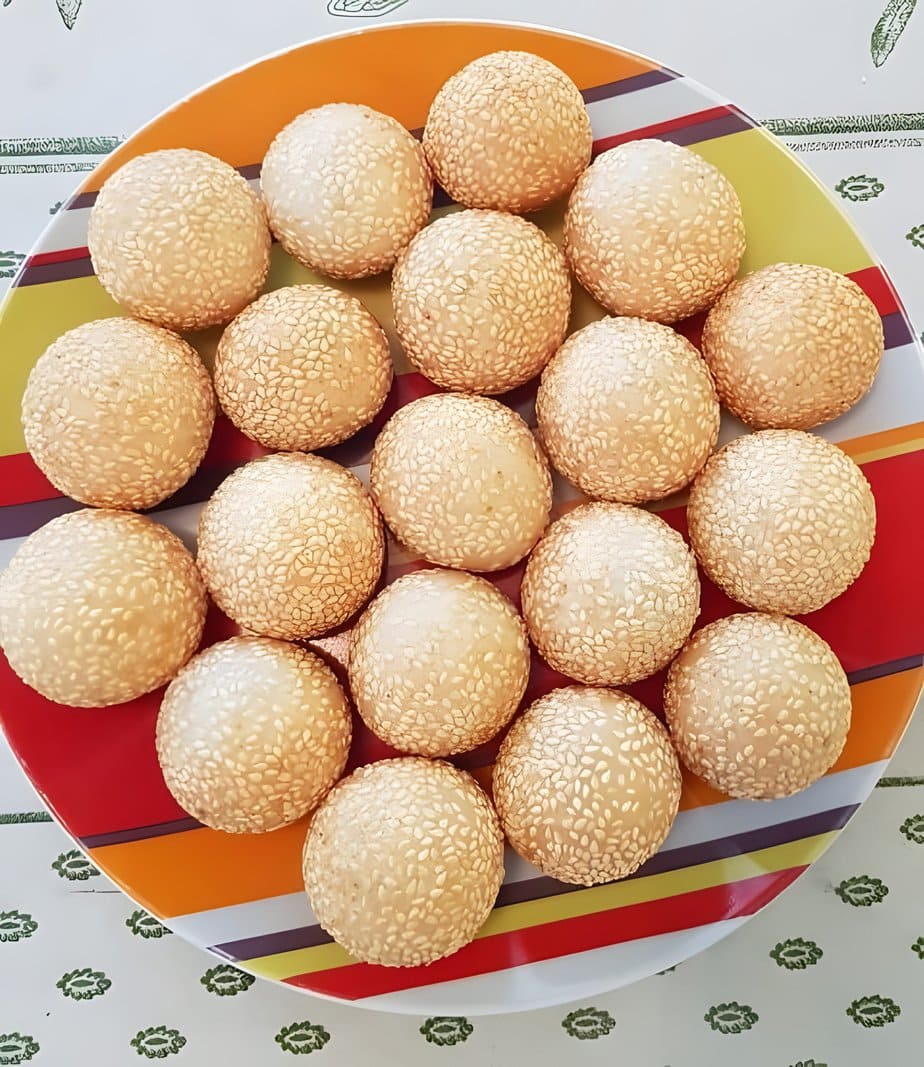
French Influences in Vietnamese Cuisine
It’s difficult to talk about Vietnamese cuisine without mentioning French colonization, which began with the arrival of missionaries in the 18th century and only ended in 1954.
Its impact is unmistakably etched into the nation’s people, buildings, landscapes, and culinary traditions. The most obvious trace might be the banh mi, which is based on a French baguette.
The Vietnamese have adopted this great French classic and added grilled pork, fish cakes, sardines, coriander, chili-marinated carrots, and many other toppings! These Vietnamese pickled vegetables are called do chua. This colonial dish has positioned itself as a true symbol of Vietnamese cuisine.
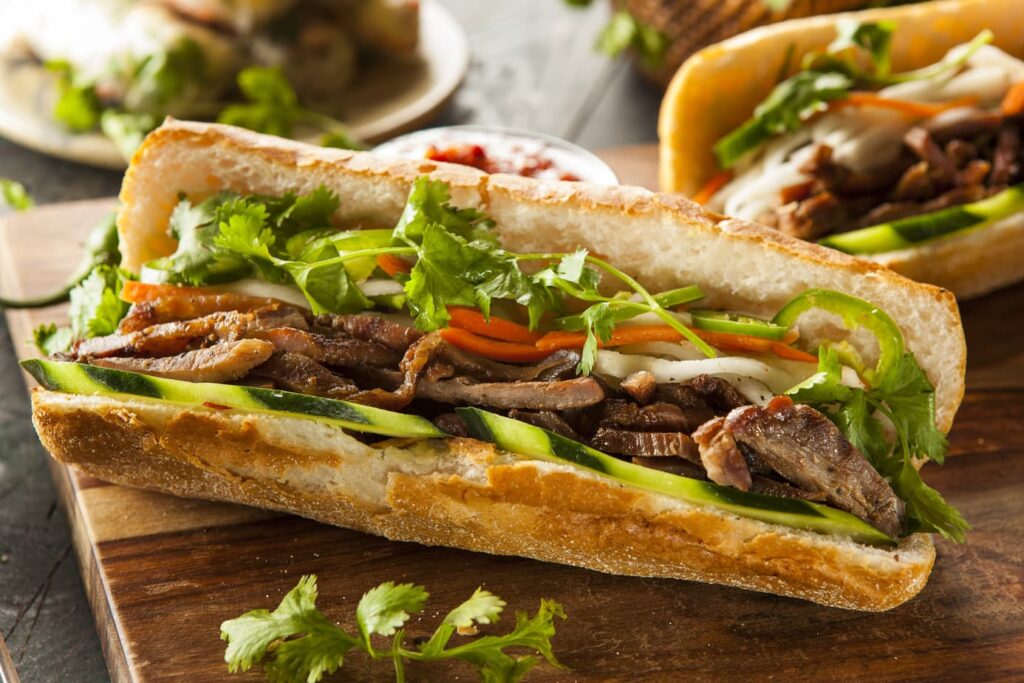
Pho (pronounced fuh) is another example of French colonialism having a lasting influence – the soup is a blend of Vietnamese rice noodles and French-inspired meat broths. One theory suggests that pho is a phonetic imitation of the French word “feu”, as in pot-au-feu. In the same vein, we also find red pho, or Bo Kho (lemongrass beef stew)
According to one commonly repeated story, French colonists in Vietnam, driven by an enthusiasm for steak, went through vast numbers of cattle to satisfy their craving. Ever inventive, Vietnamese cooks are said to have made use of every possible scrap—from bones to discarded bits and pieces—to craft a hearty broth.
Over time, that resourcefulness allegedly gave rise to pho, the now-iconic noodle soup beloved both at home and abroad. While the historical accuracy of this account is sometimes debated, it nevertheless highlights the creativity and resilience at the heart of Vietnam’s culinary heritage.
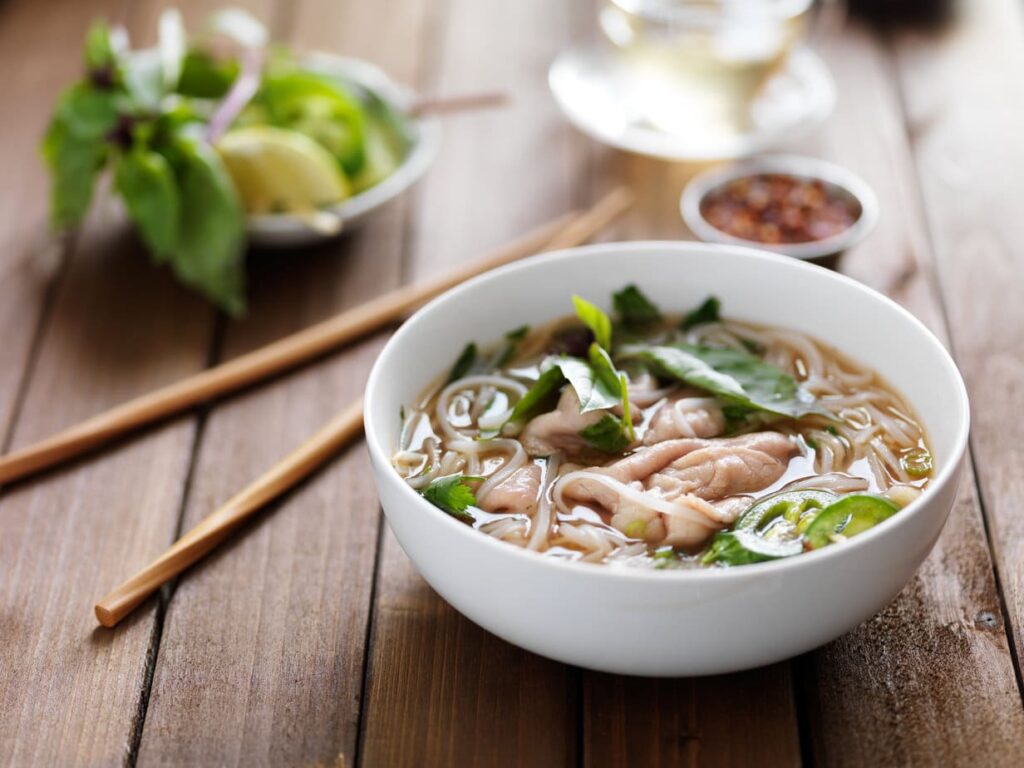
A whimsical bit of family lore in certain Vietnamese circles holds that a mother may appraise her future daughter-in-law based on her prowess at making broth. Bland, flavorless broths are sure to draw disapproval, while a perfectly balanced one earns high praise.
Legend has it that a true broth master can pinpoint the exact stage of simmering simply by inhaling its aroma—no tasting required. Of course, this anecdote doesn’t apply to every home, but it’s a humorous reminder of the deep culinary pride found in many Vietnamese families.
In short, the Vietnamese take broth very seriously.
The basic elements of Vietnamese cuisine: rice and nuoc mam sauce
In Vietnam, two major culinary themes are recurring: rice and fish sauce.
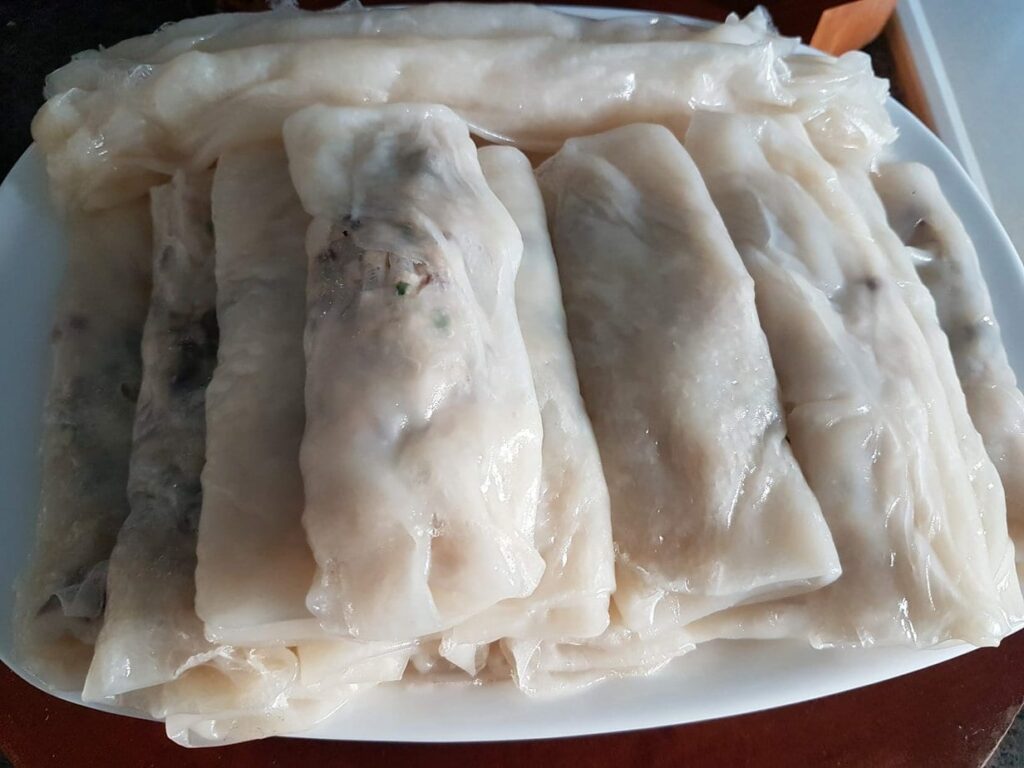
Vietnam ranks as the world’s second-largest exporter of rice, following only Thailand. Cultivation takes place throughout the country, but the fertile Mekong Delta in the south stands out as the most productive region.
Thanks to its vast network of waterways and nutrient-rich soil, the Mekong Delta alone can yield enough rice to feed Vietnam’s population of over 87 million—plus many others beyond its borders.
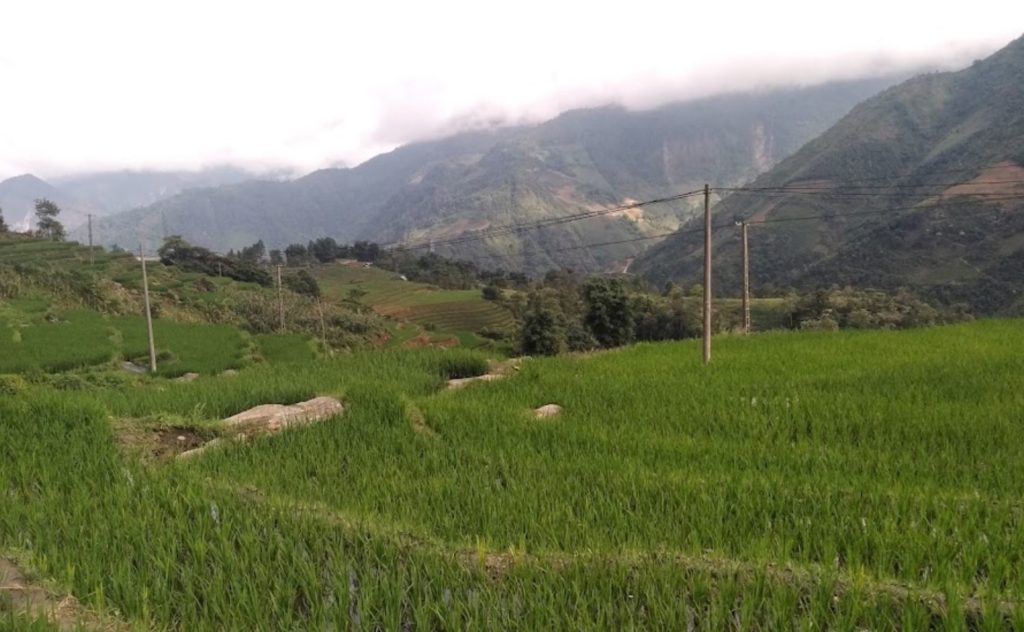
You’ll find rice for breakfast, lunch, dinner, and dessert. We don’t stop at just plain ordinary rice. No, no, no.
It comes in various forms such as rice noodles, rice paper wrappings, rice porridge, sticky rice, fried rice, as well as puffed rice snacks and rice wine. It’s impossible to spend more than a few hours in Vietnam without consuming rice.
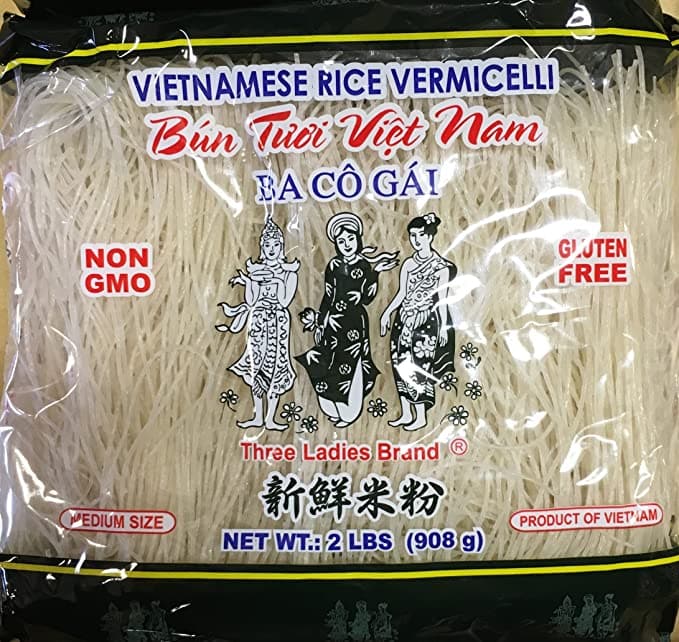
We have the salt shaker, and the Vietnamese have fish sauce. Fish sauce, or nước mắm in Vietnamese, is used in marinades, soup broths, dressings, dipping sauces for spring rolls, etc… it’s really hard to find a dish where it’s not used.
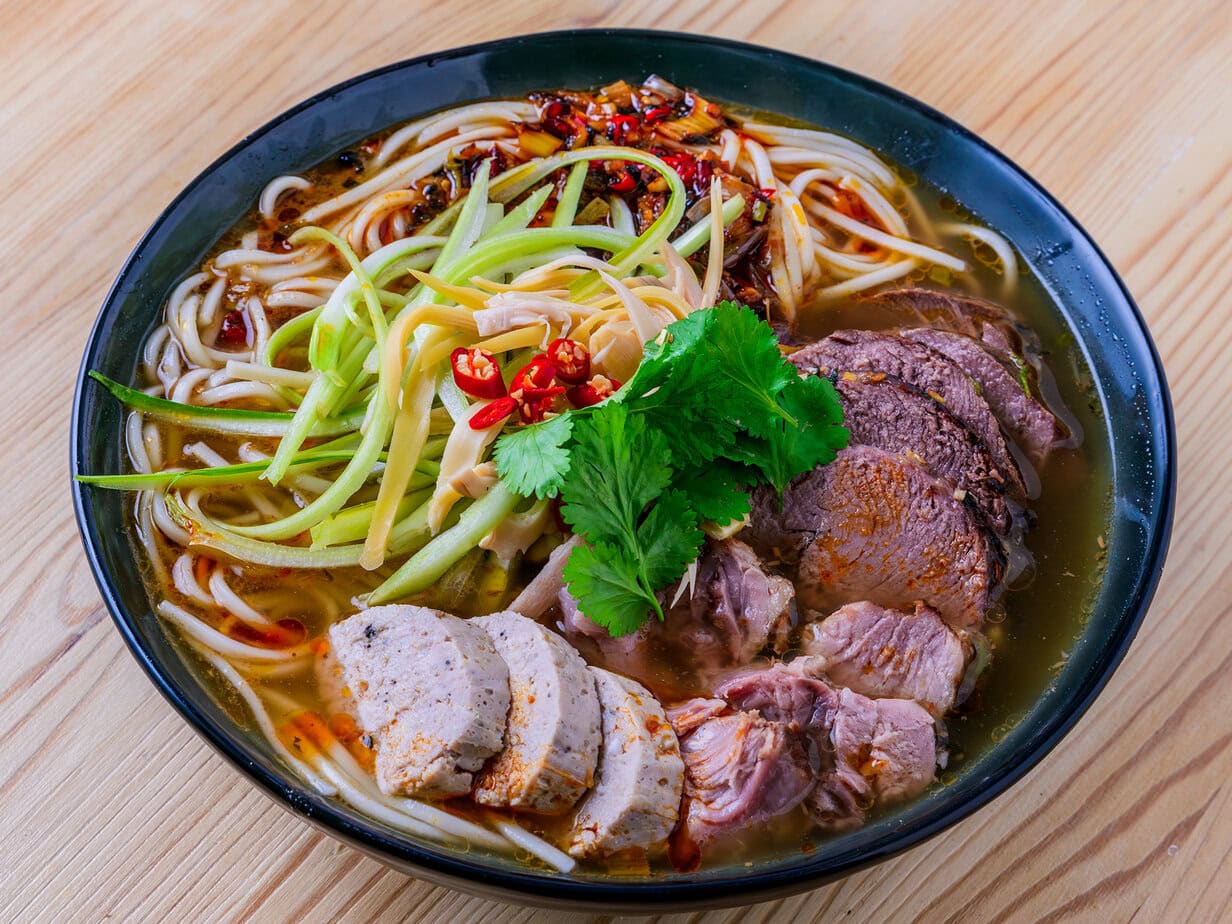
Vietnam’s national condiment is nước chấm, made of slightly diluted fish sauce with some lime juice, sugar, chili peppers, and garlic. It’s also called nem sauce or nuoc cham, if you click you’ll access the recipe. It’s used, among other things as you might have guessed, for dipping delicious homemade pork spring rolls or chicken spring rolls and Shrimp spring rolls
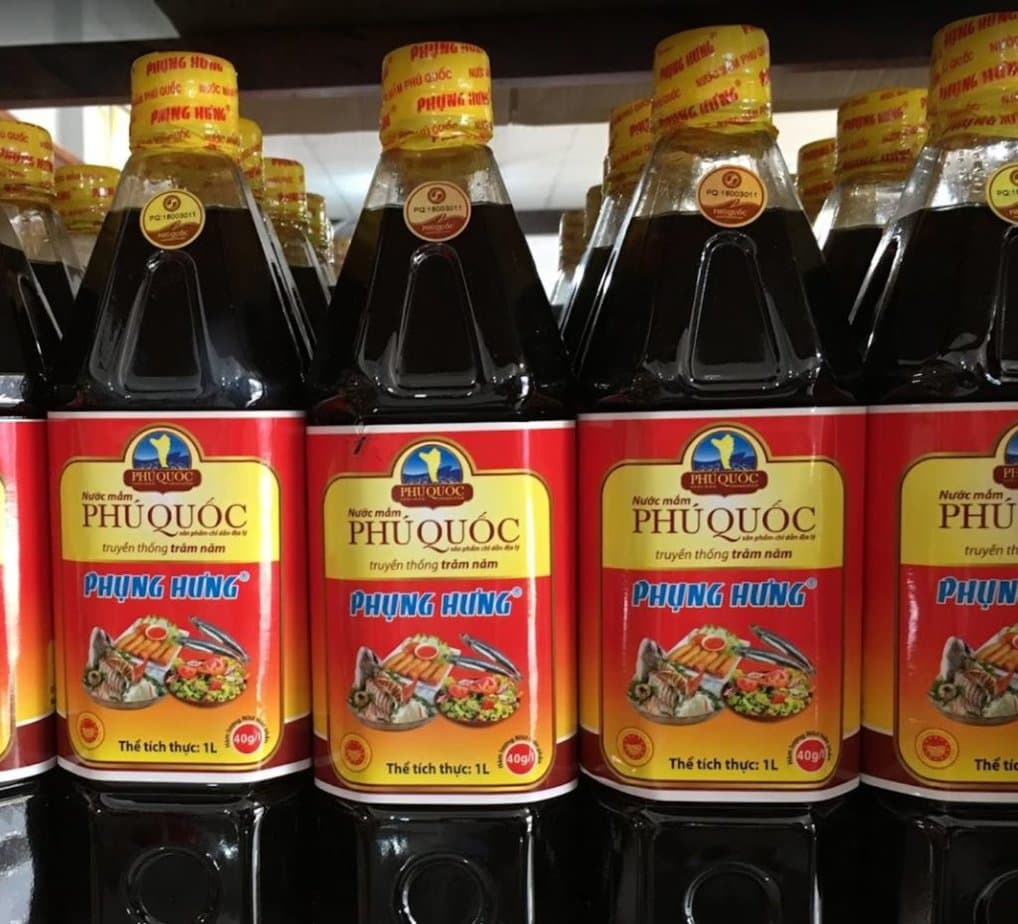
The Vietnamese say that the most prized fish sauce comes from Phu Quoc, an island near the Cambodian border.
The waters around Phu Quoc are rich in algae and plankton, which makes the local anchovy population very healthy. While any type of fish can be used to make fish sauce, these anchovies are said to produce the ultimate fish sauce, and Phu Quoc sauce uses only anchovies harvested around the island.
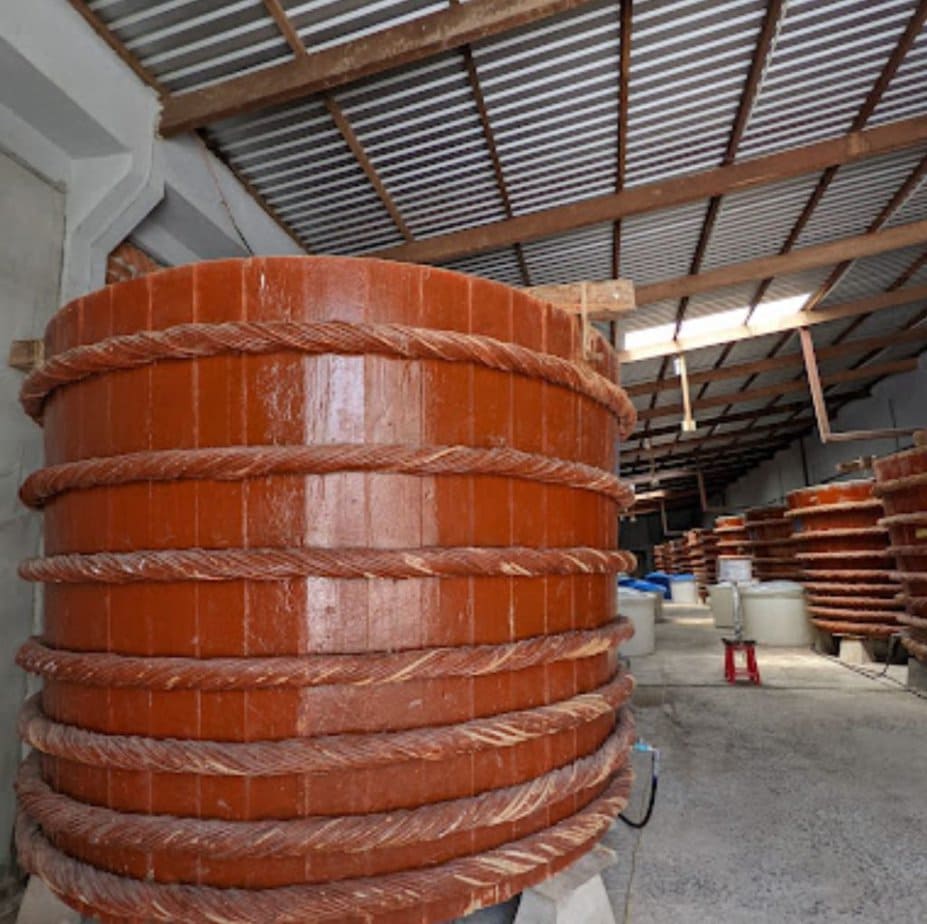
Vietnamese Herbs and Spices
Vietnamese cuisine is celebrated for its generous use of fresh herbs, spices, and aromatics. From the fragrant leaves bobbing in a simmering pot of pho, to the bright herbs rolled alongside shrimp or pork in a spring roll, to the flavorful mixtures nestled within a sizzling banh xeo pancake.
These ingredients bring a vivid array of tastes and scents to the table. In essence, Vietnam’s culinary tradition places a premium on freshness and variety—so much so that the sheer number of herbs and spices used can be astonishing.
Here’s a small list:
- Cilantro: in salads, soups, spring rolls, and more. Widely used as a finishing touch garnish. Depending on your genetics, it may taste soapy.
- Mint: Several varieties grow in Vietnam.
- Fish mint or fish leaf: Have you ever tried fish mint? Well-named, this leafy herb has a terribly fishy smell and taste. Honestly, you’ll think you’ve put real fish in your spring roll.
- Basil: More popular in Thailand but still makes an appearance in pho.
- Lime leaf: Bright green and shiny. Slightly bitter oils.
- Lemongrass: Taste and smell, unsurprisingly, similar to lemon. Used in sweet and savory dishes. For example, lemongrass chicken skewers.
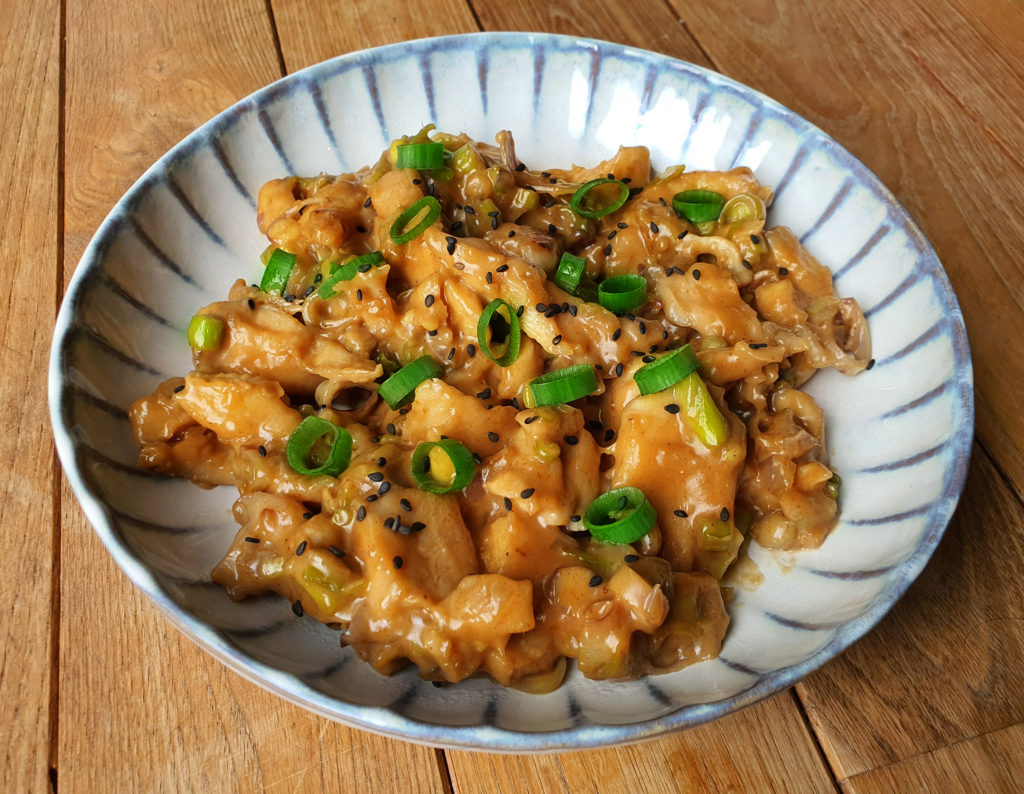
- Green Onions and Shallots
- Green garlic: Flat leaves with a delicate onion and garlic taste.
- Perilla leaf: green on top, purplish underneath with a complex flavor that combines licorice, mint, and lemon in a single leaf.
- Dill: Barely associated with Southeast Asian cuisine, but used in a famous Vietnamese fish dish called Cha Ca, where it’s treated more like a vegetable than an herb.
- Rice: In Vietnam, there are different varieties of rice that are grown and consumed locally.
- Turmeric: Sometimes called poor man’s saffron, it adds a bright golden color to fried foods and a slight peppery flavor.
- Ginger and galangal: two rhizomes, both ubiquitous in Vietnamese cuisine.
- Saigon Cinnamon: There are different species of cinnamon in the world, and this one originates from Vietnam. It has an earthy flavor and is very important for making pho.
- Tamarind pulp: This sweet and sour pulp is used in noodle soups and curries.
- Bean sprouts: used as a garnish
- Black cardamom
- Mẻ: a delicious fermented rice used as a condiment in many dishes
- Taro: used in soups
- Water spinach
Vietnamese Charcuterie
Yes, it exists! Well, the most famous is nem chua (with fried rice with nem chua) but there are many others.
